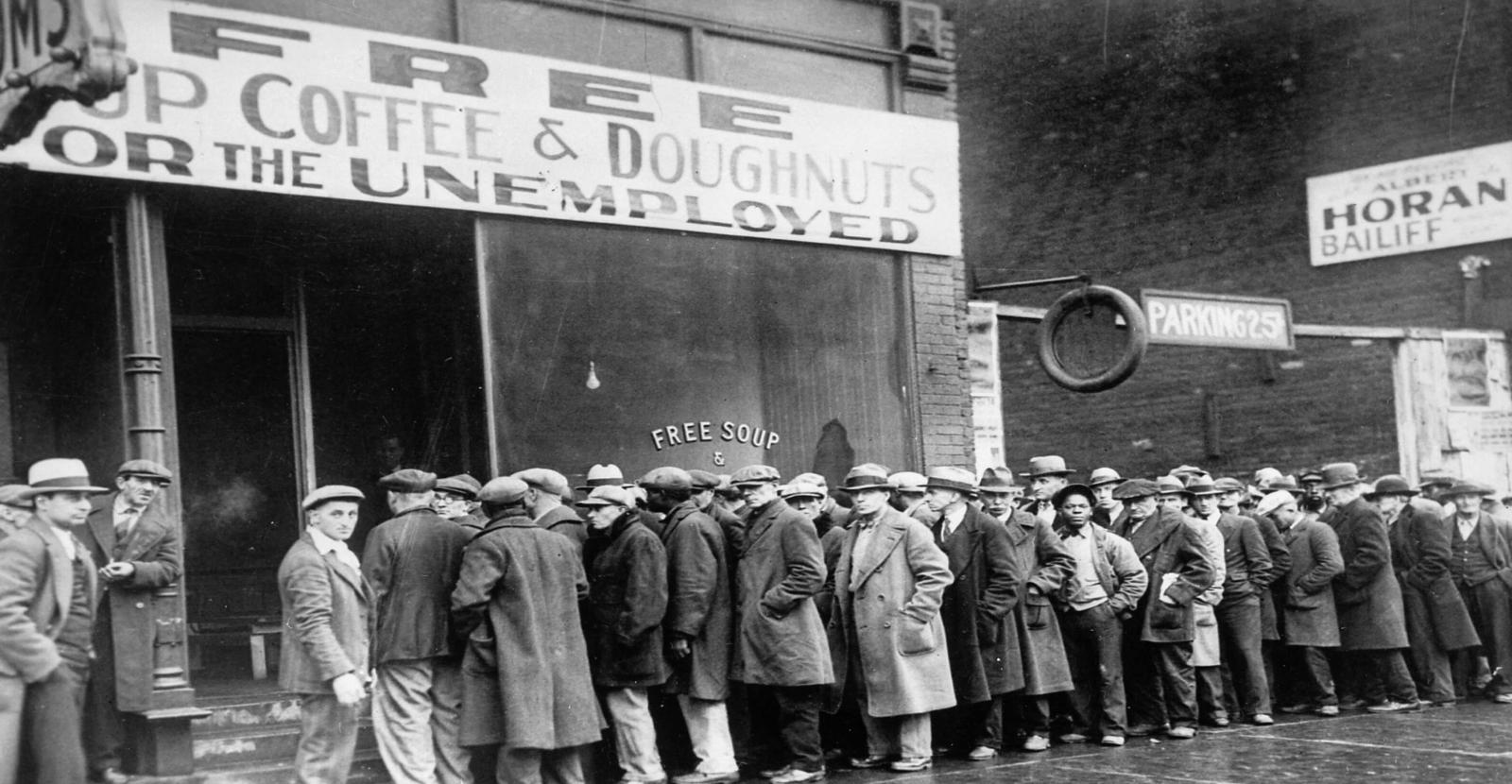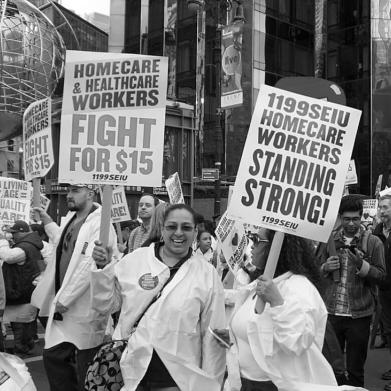Founded at a time of immense struggle for America's workers
The immediate aftermath of World War I was a time of immense struggle for workers of the new industrial era. By the early 1920s, after more than a decade of frequent and often violent clashes between workers and their employers, it became clear that changes in industrial policy were long overdue.
The field of Industrial Relations grew from the need to better understand issues like collective bargaining, unemployment insurance, and social insurance. The Industrial Relations Section (IR Section) at Princeton—conceptualized by the labor expert Clarence Hicks and initially funded by John D. Rockefeller–was created in 1922 to ensure the best research on these topics would be made available to the individuals, companies, and policymakers who needed it.
From Social Security to Obamacare, IR Section research has inspired and informed dozens of programs and policies at the state and federal level. From the Hoover administration to the Biden administration, IR Section faculty have served in government to ensure those policies are informed by the most innovative and rigorous research available. This timeline is the story of that work.
Our Founding
A visit to Princeton by Clarence J. Hicks–an industrial relations expert with the ear of John D. Rockefeller–resulted in a proposal for applying academic rigor to the problem of labor relations.
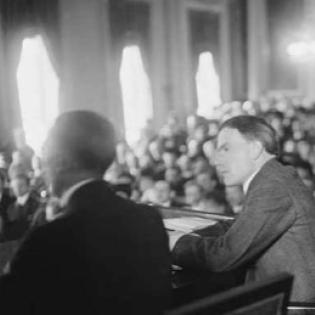
Building the U.S. Social Safety Net
100 years after founding director J. Douglas Brown helped create Social Security, IR Section researchers remain devoted to strengthening the U.S. safety net.
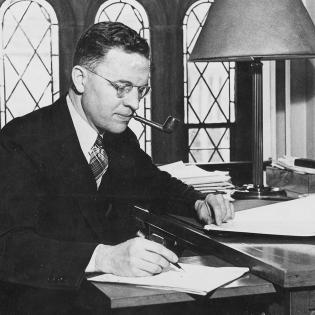
Understanding Unions
Throughout the 20th century, IR researchers used empirics to study how unions impact the economy and its workers–and vice versa.

Studying the Minimum Wage
A landmark experiment by Alan Krueger was only the beginning of innovative research that challenged conventional wisdom on the minimum wage.
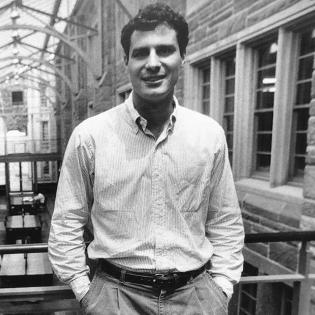
Inequality and Discrimination
From New Deal anti-discrimination programs to the Civil Rights era and beyond, IR Section researchers aim to uncover the economic forces driving inequality.
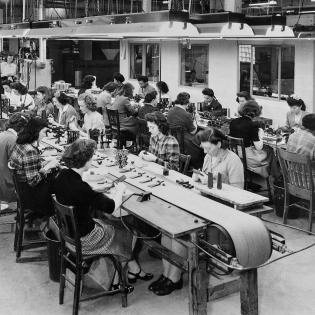
Program and Policy Evaluation
Through innovation and the development of more rigorous methodologies, IR Section researchers set new standards for studying controversial public policies.
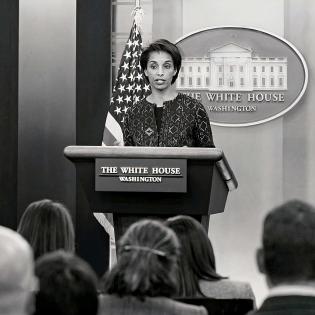
References and Additional Resources
To create this timeline, the IR Section relied heavily on the research and history provided by Lawrence Damian Robinson in “Princeton University’s Industrial Relations Section in Historical Perspective: 1922-2015” (Industrial Relations Section, 2016). Many historical anecdotes throughout the timeline can be found in “The Industrial Relations Section of Princeton University, 1922 to 1985” (Industrial Relations Section, 1986), J. Douglas Brown’s “The Industrial Relations Section of Princeton University in World War II A Personal Account,” (The Industrial Relations Section, 1976),

